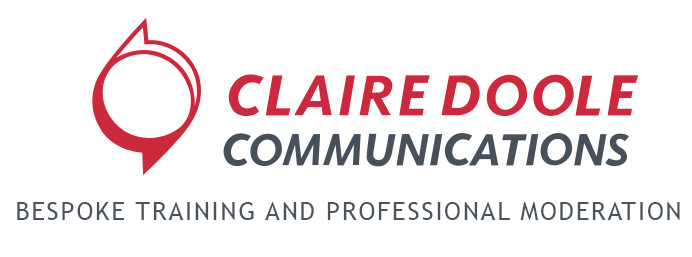
How to Write an Executive Summary
Psychologists have proven that we make major decisions about one another in the first seconds of meeting. This means you do not get a second chance to make a positive first impression.
This is also valid for your report or business plan. The executive summary is where your reader makes his or her first impression about your ideas, information or recommendations. Readers often make rapid decisions by just scanning it. This means your future could depend upon its quality.
Writing an executive summary takes time and effort. Basically, it needs to summarise the main points and conclusions or recommendations. It should answer these questions:
• What is the document about?
• Why is it important?
• What are your propositions or recommendations?
To get started, here are some guidelines to help when drafting text.
Keep it short. It shouldn’t be longer than two pages. As one business writer puts it “If you can’t sell your idea on paper in two pages, well then perhaps you need to reconsider your business idea.”
Use a simple and direct style. It should read like a standalone document giving the essentials, and, of course, do avoid jargon or technical terms unknown to your reader.
Begin with stating the purpose. Your audience may have a limited amount of time so they need to know this from the start.
Present the key points in the same order as they appear in the main document.
Highlight the results, conclusions, or recommendations. Be clear as you don’t want your readers trying to guess the outcomes.
Don’t insert information that is not in the main document.
Check to ensure your summary answers the following questions: Are the key messages evident? Are the main outcomes or recommendation included? Could my readers scan the summary without missing any necessary information? Is the summary compelling enough to persuade the reader to go through the full document?
The last stage is to proofread and edit for language and grammar. Nothing loses a reader’s interest more rapidly then spelling mistakes.
Executive summaries are not simple to write. They require a degree of creativity and a strong capacity to synthesize. To make sure you have got it right, ask a friend or family member to read your summary and tell you if it provides a clear overview and compels the reader to want to learn more.
